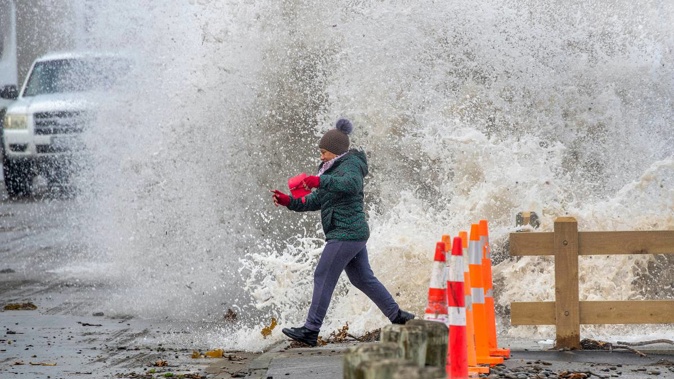
New Zealand is on track for a rare "triple dip", where the La Nina weather phenomenon persists for three years in a row.
Niwa data shows it will only be the third time it has happened in New Zealand since records began.
Forecasting principal scientist Chris Brandolino said the atmospheric imprint of La Nina continued to be strong over the country, and the Southern Oscillation Index (one of the key atmospheric indices for gauging the strength of La Nina events) during April was tracking to become the third-highest April value on record since at least 1876.
Only April 1904 and 2011 were higher, and it was about the 20th-highest monthly value on record overall, he said.
"This suggests that La Nina is still very much influencing global atmospheric patterns," he said.
Typically, La Nina events occur every three to five years.
Northeasterly winds tend to become more common during La Nina events, bringing moist, rainy conditions to northeastern areas of the North Island and reduced rainfall to the lower and western South Island.
Brandolino said sea temperatures, combined with enhanced trade winds which were forecast to continue from May into June, meant the persistence of La Nina conditions was likely.
Taking these factors into account, there was a 60 per cent chance La Nina conditions would continue during May-July; a 50 per cent chance they would continue between August and October; and about 50 per cent for them to continue from November to January 2023.
"Should La Nina persist through or redevelop by summer 2022-2023, the current event would qualify as a 'triple-dip'.
"Since 1950, there have only been two other triple-dips — that is, three consecutive La Nina events.
"They were in 1998-2000 and 1973-1975," he said.
- by John Lewis, Otago Daily Times
Take your Radio, Podcasts and Music with you









